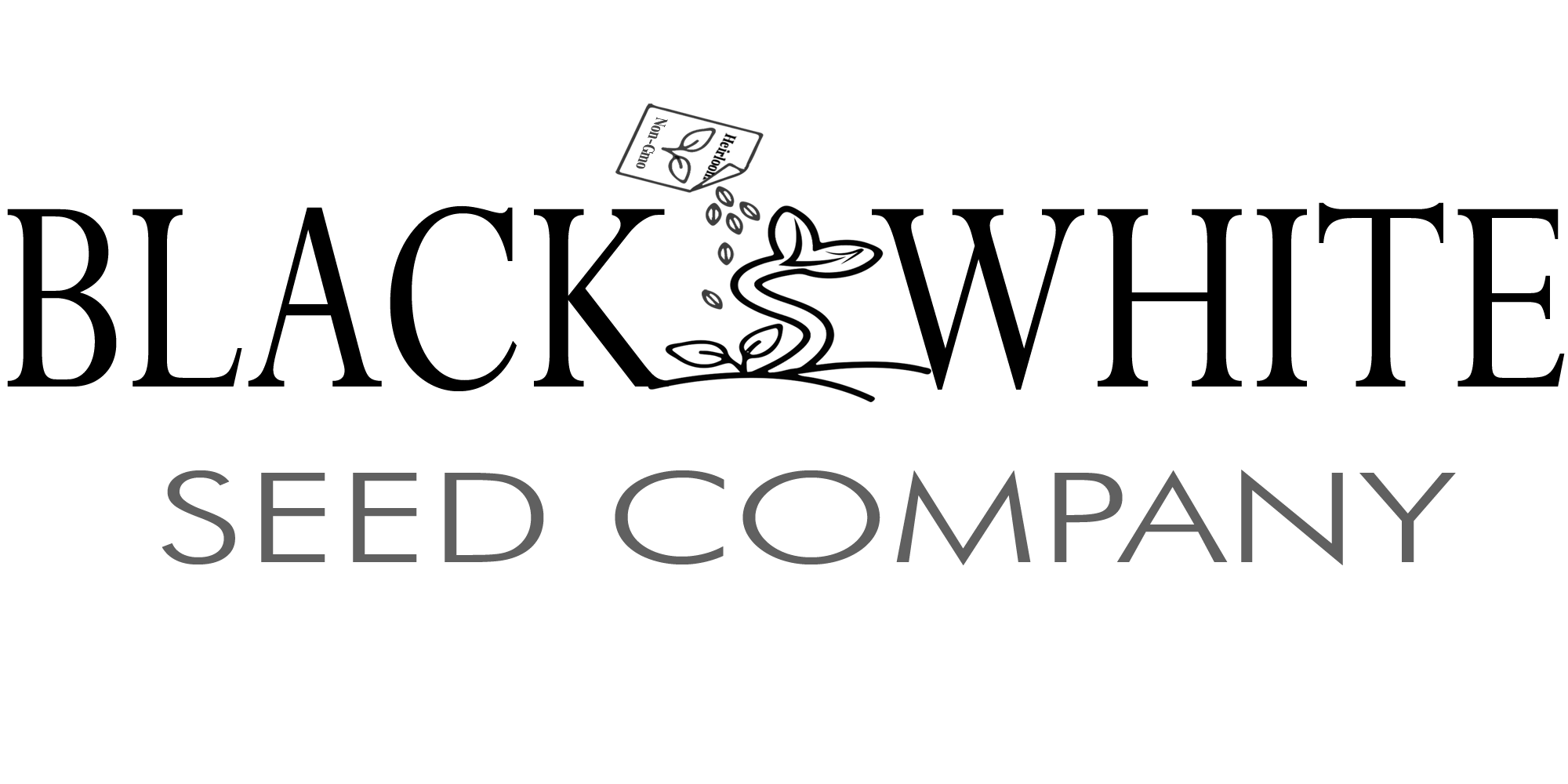Bean Seeds, Kentucky Blue Pole Bean
Couldn't load pickup availability
Kentucky Blue Pole Bean
 |
The Kentucky Blue Pole Bean has all of the best traits from both Blue Lake and Kentucky Wonder variety with the flavor being similar to that of Kentucky Wonder, but sweeter. It is an excellent choice for home gardens produces a massive amount of beans when kept picked. Pole beans are indeterminate, different from Bush Beans- which means pole beans continue to grow, blossom, fruit and keep growing. |
How to Grow Pole Beans Pole Bean Varieties Bush Bean Varieties How to Grow Bush Beans Companion Plant Guide
- AAS Winner - 1991, Breeder: Rogers Bros. Seed/Rogers NK
- Botanical Name - Phaseolus vulgaris
- Treated - No
- Stringless - Yes
- Bean Type - Snap
- Pod Color - Straight, Round, Smooth, light green
- Seed Color - White
- Germination Time - 8-21 Days
- Days to Maturity - 58-85 Days
- Maximum Height - 6-8 Feet
- Spread - vining
- Fruit / Blossom Size - 6-7 in Pods
- Disease Resistant - Resistance to Common Mosaic Virus, Pod Mottle & Curly Top Virus
- Breed - Open Pollinated
- Germination Rate – 90%
- Lifecycle – Annual
- Watering – 1 inch per week
- Sow Method – Direct Sow or Transplant
- Sow Depth 1 inch
- Plant Spacing 2 inch
Common Problems
The bean mosaic diseases cause plants to turn a yellowish green and produce few or no pods. The leaves on infected plants are a mottled yellow and are usually irregularly shaped. The only satisfactory control for these diseases is to use mosaic-resistant bean varieties.Bright yellow or brown spots on the leaves or water-soaked spots on the pods are signs of bacterial bean blight. Bacterial blight is best controlled by planting disease-free seed; avoiding contact with wet bean plants; and removing all bean debris from the garden.
CLASSIFICATION: OPEN POLLINATED, HEIRLOOM
Open pollinated means this plants flowers are fertilized by bees, moths, birds, bats, and even the wind or rain. The seed that forms produces the same plant the following year.
All heirlooms are open pollinated, but not all open pollinated plants are heirlooms. Only a small fraction of the plant world is considered heirloom.
This variety has a history of being passed down within communities and families as early as the 1700's, similar to the generational sharing of items like jewelry or furniture.
COMPANIONS:
- Beet
- Cabbage Family
- Carrot
- Celery
- Chard
- Corn
- Cucumber
- Eggplant
- Pea
ALLIES:
- Marigold deters Mexican bean beetles
- Nasturtium and rosemary deter bean beetles
- Summer savory deters bean beetles, improves growth and flavor
ENEMIES:
- Garlic, onion and shallot stunt the growth of beans
Nutritional Value & Health Benefits
Snap beans, string beans, and pole beans are the immature pod and beans of dried legumes. All of these will mature to produce fat seeds and tough inedible pods. The nutritional profile of mature dried beans is very different from that of green beans. Green beans are a good source of carbohydrates. They are a moderate source of protein, dietary fiber, Vitamin C and beta carotene. The beta carotene is converted to vitamin A in the body. Green beans also contain small amounts of calcium and other trace nutrients.


